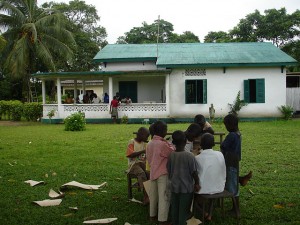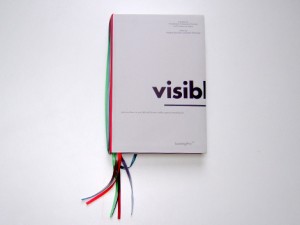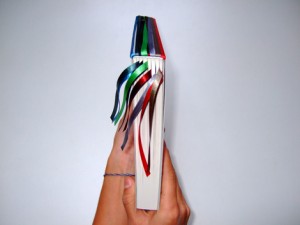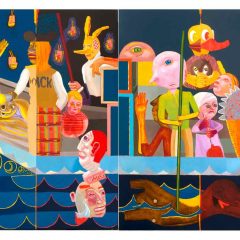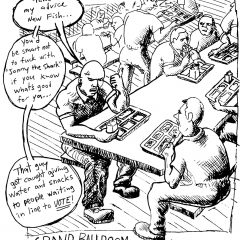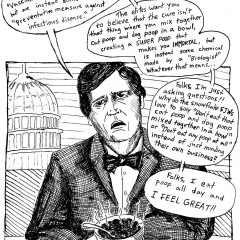A number of books and catalogs have come out which concern art with a social and/or political focus. This post looks at two which were recently published in Berlin:
Art and Agenda; Political Art and Activism, Robert Klanten et al, eds. ( Berlin: Gestalten, 2011) ISBN 978-3-89955-342-0
visible; where art leaves its own field and becomes visible as part of something else, a project by Cittadellarte-Fondazione Pistoletto and Fondazione Zegna (Berlin: Sternberg Press, 2010) ISBN 978–1-934105-0
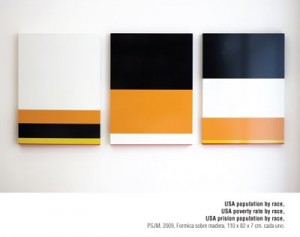
Both books include general essays, but are primarily of interest for their selection of artists rather than for overriding critical or theoretical perspectives. The artists are a broadly international group, with no overlap between the 104 artists and collectives in Art and Agenda and the 41 in visible. Few from either group were included in Creative Time’s recent exhibition devoted to the same subject, Living as Form (which I discussed on September 29, 2011; a book documenting that exhibition will be published in the spring). The social issues they address range from the role of power and authority to various forms of communal activity, and the political as enacted by individuals in their interpersonal, economic, and civic lives.
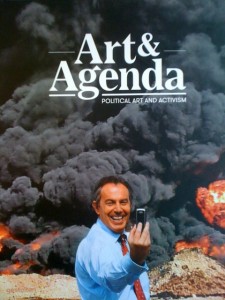
Art and Agenda is large format and has excellent visual documentation of the works, all in full color. The selection of artists was made by the editors Robert Klanten, Matthias Hübner, Alain Bieber, Pedro Alonzo and Gregor Jansen. It takes a broad interpretation of activist art, including some work which was never seen by a general public and a fair amount of work that, while political in content, still circulates comfortably within traditional art venues, commercial as well as museums and international exhibitions. Several pages of images with descriptive text are devoted to each of the artists, who work primarily in Western Europe and the U.S., with a few from the rest of the globe. The book includes essays by Alonzo, Bieber, and Silke Krohn.
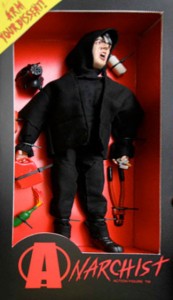
A number of the artists have international reputations and are represented by major galleries, including Ai Wei Wei, Marina Abramovic, Maurizio Catalan, Paul McCarthy and William Kentridge; but the book is considerably more interesting for bringing attention to artists who are less well known. John Pena, Jon Rubin and Dawn Weleski run Conflict Kitchen, a takeout restaurant in Pittsburgh that serves food from countries with which the U.S. is at war (a project which echos the line on the cover of the old Settlement Cookbook: The way to a man’s heart is through his stomach).
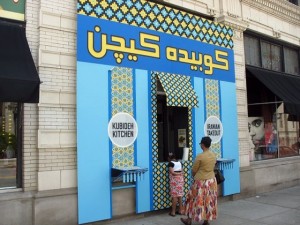
PSJM, a Spanish collective, uses marketing techniques to create a critical art that is comprehensible to a broad audience; light boxes shaped like Mickey Mouse are captioned Made by kids, for kids, while their minimalist canvases (above) reference the style of visual display used by economists and social scientists. Harmen de Hoop works in public spaces with anonymous and illegal interventions that raise questions about communal space and the conventions surrounding them.
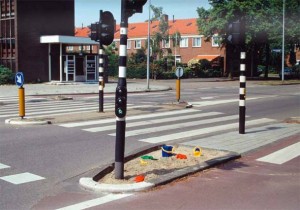
The book reflects something of the sensibility of Klanten and Hübner’s earlier book, Urban Interventions; Personal projects in public spaces (which I wrote about on August 16, 2011), and again gives web addresses for each artist, rather than printed biographical information. It certainly confirms the breadth of artists creating work that addresses social issues and, for the most part, situate their work outside of art institutions.
visible; where art leaves its own field and becomes visible as part of something else is the first of what promises to be an ongoing collaboration between Cittadellarte-Fondazione Pistoletto and Fondazione Zegna. Nine curators were chosen: Raimundas Malasauskas, Gabi Ngcobo, Elvira Dyangani Ose, Emiliano Gandolfi, Hu Fang, Anna Colin, Cecilia Canziani, Julietta Gonzales, and Mihnea Mircan, each of whom made a selection of artists. While most of the curators have worked internationally, they are attuned to local currents and artwork which addresses local issues. This book is not a round-up of artists whose work circulates in the galleries and museums of Europe and the U.S., although many of the artists have had international exposure in one of many biennials and other international events.
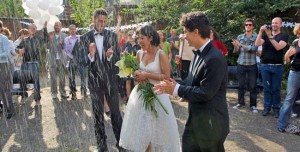
While all of the art projects are illustrated, the visuals are clearly secondary to the texts which include artists’ documents, scripts of films, performances and radio broadcasts, correspondence that was part of the art projects’ process, and conversations with the curators, as well as short introductions by each curator. This means that the book reflects the thoughts of the artists themselves, for the most part. The texts give a good idea of the broad historical and theoretical education of most of the artists, who are very clear about how they situate their work. The art projects are created with active participation and often collaboration with communities to a much greater degree than the work in Art and Agenda.
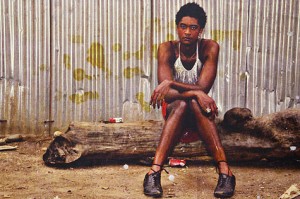
The volume also introduces the work of a number of artists who have not received a great deal of art world attention, such as Darius Miksys, who organized the first cricket club in Lithuania, whose function has little to do with cricket; Nastio Mosquito, a performance and mixed-media artist from Angola; Ana Laura Lopez de la Torre, based in Lonson, she reclaims forgotten episodes of local histories; or Progetto Diogene (Diogenes Project), a collective which creates situations where artists can come together for artistic exchange. This is a very valuable addition to the literature on contemporary art, and makes a great number of artists and their widely-disseminated works available to a broad audience.
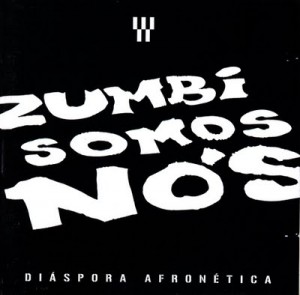
The book, designed by Studio Lupo & Burtscher, is a striking and unusual object, with multi-colored ribbons which not only mark each section, but also wrap around the binding, giving it a festive air. Most of the illustrations are small and not printed to the highest standard, but this is art that does not always carry a primarily visual impact, and when it does, is not always easy to photograph. There are brief biographies for each of the writers, curators and artists as well as web addresses for each artist.
